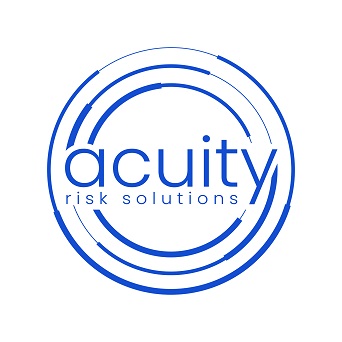Cybercrime costs the Australian economy $42 billion annually, with just one-fifth of online crime reported.
The rise of cyber threats
Last year, reports of cyber-attacks such as ransomware rose by 105% globally, but cyber experts don’t yet fully understand the reason for the upturn. It could have been due to more people working remotely or companies paying ransomware demands, spurring further cyber hackers’ activity.
Many SMEs don’t think they’re at risk
SMEs represent 97% of Australia’s businesses and range from sole traders to organisations with up to 200 staff. They know cyber risks are increasing, but many assume large, and multinational companies were more likely targets.
SMEs tend to have limited IT budgets and resources, opting for free or built-in tools. Many underestimate or don’t have the knowledge of their risks and therefore can’t justify investing in cyber insurance.
Most common threats to SMEs
SMEs are potential targets for phishing attacks, data breaches, malware and even human error. Even something as simple as the availability of a new domain name category that drops the ‘com, gov, net, org or edu’, is risky.
The ACSC says many SMEs are unaware of effective and inexpensive practices to protect them against cyber incidents.
Why you should be vigilant
Your business could be vulnerable to an attack at any time with the risk of considerable costs. The fallout could be financial loss, reputational damage, and time lost dealing with reviving your system and reporting the breach.
Cyber insurance
You can also bolster your risk management by investing in cyber insurance to protect your data and those of your customers and suppliers. It covers your business for various risks concerning your information technology infrastructure and activities.
If you would like to know more about protecting your business from cybercrimes, please CLICK HERE or contact us for more information.

